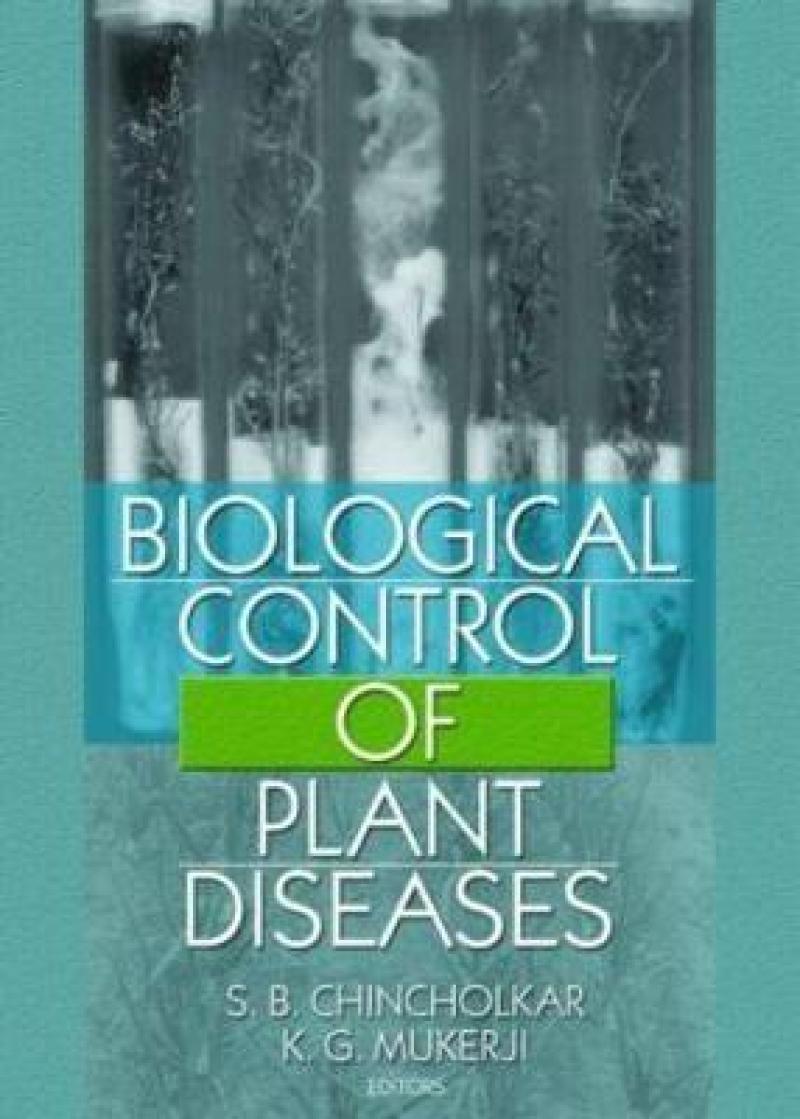Prevent agricultural loss with natural disease controls that don’t harm the environmentor the people who live in it
Despite the worldwide use of chemicals and pesticides to control the devastating effects of plant disease, the international agribusiness market still suffers extensive economic losses each year. Biological Control of Plant Diseases offers natural alternatives to the synthetic fungicides, pesticides, herbicides, and insecticides that have not only failed to stop pests and pathogens, but have raised serious safety and environmental concerns. The world’s leading plant pathologists examine the use of antagonistic microorganisms, inherent resistance, and natural fungicides for plant protection that’s safe, economical, and effective.
Biological Control of Plant Diseases presents up-to-date research findings on disease management to provide you with a single-source reference text for developing a sustainable ecosystem that doesn’t depend on harmful and unhealthy agrochemicals. This unique book acts as a catalyst for change, presenting fresh ideas and innovative strategies for finding meaningful solutions to the problems of disease control. Contributors working in the areas of plant protection, microbiology, plant pathology, biotechnology, ecology, and food safety examine topics that include the application of plant tissue culture, competitive root colonization, mycorrhiza in biocontrol, microbial siderophores, antagonism, and genetic regulation.
Topics addressed in Biological Control of Plant Diseases include:
- soil-borne pathogens
- rhizobacteria
- organic acids
- white rot
- Trichoderma and Agrobacterium
- phyllosphere
- manure-based microbes
- gray mold disease
- major fungal diseases
- mycoparasitism
- microbial chitinases
- and much
- About the Editors
- Contributors
- Preface
- Chapter 1. Biological Control of Fungal Soilborne Pathogens in Strawberries (Gabriele Berg)
- Introduction
- Soilborne Pathogens of Strawberry
- Microbial Ecology of Antagonistic Microorganisms in the Strawberry Rhizosphere
- Screening Strategies for Antagonistic Microorganisms As Biological Control Agents
- Application Techniques
- Biological Control of Strawberry Diseases: Examples and Products
- Alternative or Combined Methods to Control Soilborne Pathogens
- Conclusion
- Chapter 2. Use of Arbuscular Mycorrhizal Fungi for Biocontrol of Soilborne Fungal Plant Pathogens (S. Demir and A. Akkopru)
- Introduction
- General Concepts in the Arbuscular Mycorrhizal Status
- Arbuscular Mycorrhizal Fungi in Horticultural Systems
- Arbuscular Mycorrhizae As Biocontrol Agents
- Conclusions
- Chapter 3. Arbuscular-Mycorrhiza-Mediated Plant-Pathogen Interactions and the Mechanisms Involved (Mahaveer P. Sharma, Atimanav Gaur, and K.G. Mukerji)
- Introduction
- Interaction of AM Fungi with Fungal Pathogens Associated with Horticultural Plants
- Interaction of AM with Soilborne Nematodes Associated with Horticultural Plants
- Mechanisms Involved in Control of Root Pathogens
- Role of AM Establishment in Triggering Defense Responses
- Chapter 4. Role of Rhizobacteria in Biological Control of Plant Diseases (S. Rosas)
- Introduction
- Bacterial-Fungal Pathogen Interactions: Antibiosis Mechanisms
- Parasitism and Production of Extracellular Enzymes
- Conclusions
- Chapter 5. The Role of Competitive Root Tip Colonization in the Biological Control of Tomato Foot
